Top three dead artists? Fernando Botero, Wayne Thiebaud, and Henri Matisse. This article is available in print and in our digital edition. To read the full article, please subscribe.
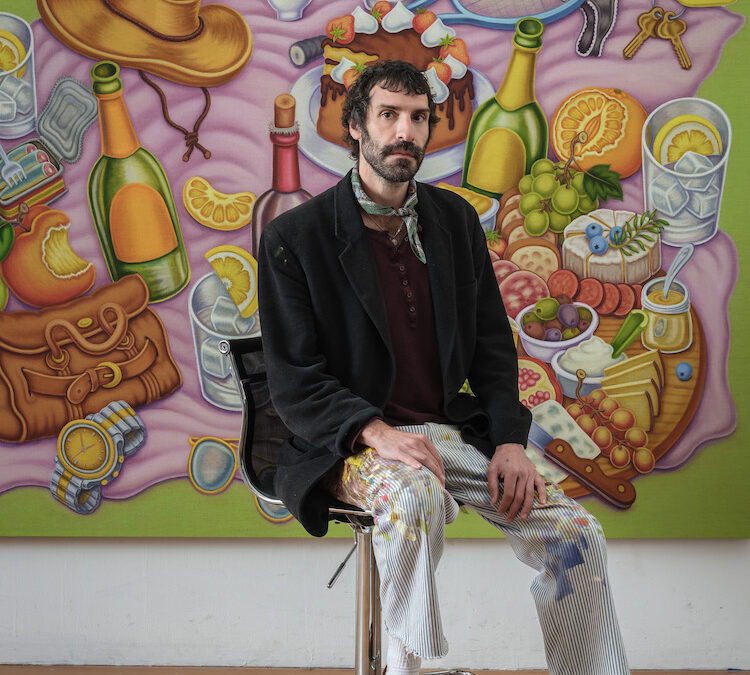

Top three dead artists? Fernando Botero, Wayne Thiebaud, and Henri Matisse. This article is available in print and in our digital edition. To read the full article, please subscribe.
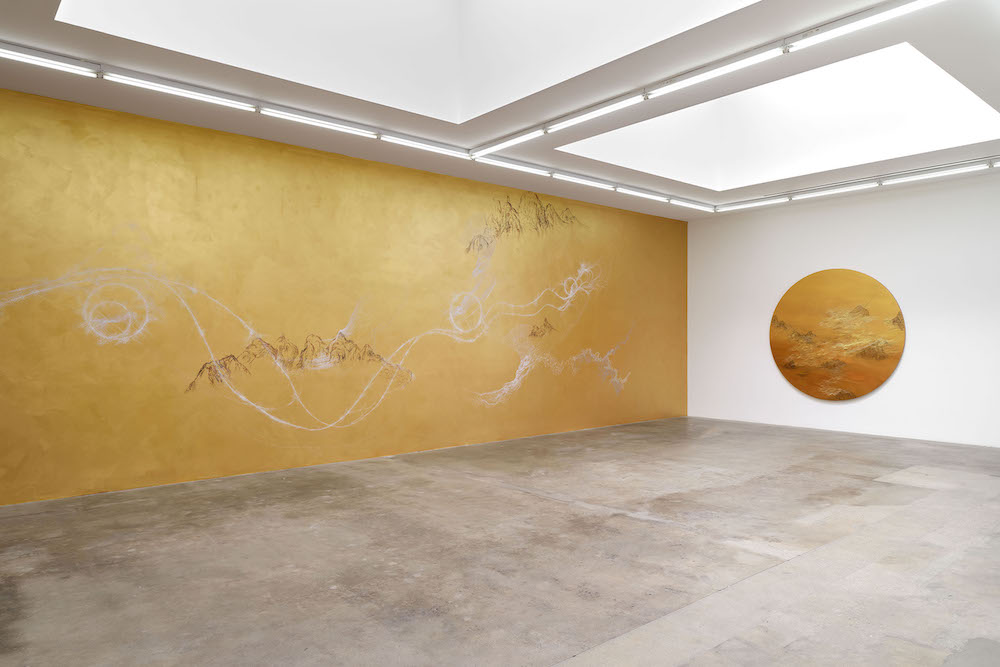
The delicate line-work in these semi-abstract sea/land/sky-scapes is incredibly controlled, almost to a fault. It doesn’t leave much room for the unexpected. This might be okay except that the overall vocabulary of forms is a bit too constrained. For instance, the...
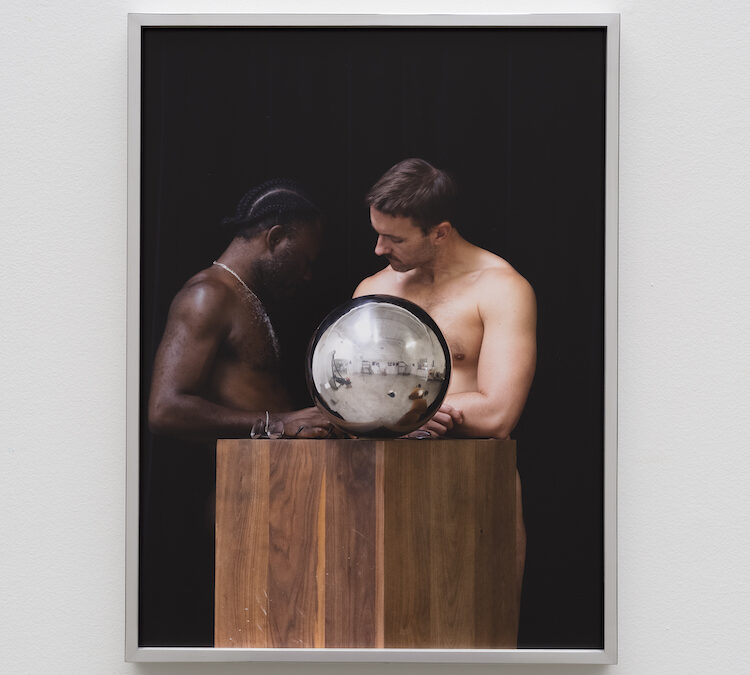
The title “positioner” refers to the photographer’s inclusion of himself in several of these photos as he positions his models, most of which are queer men and women. These are a reflection on studio portraiture as a specific social context. They explore the...
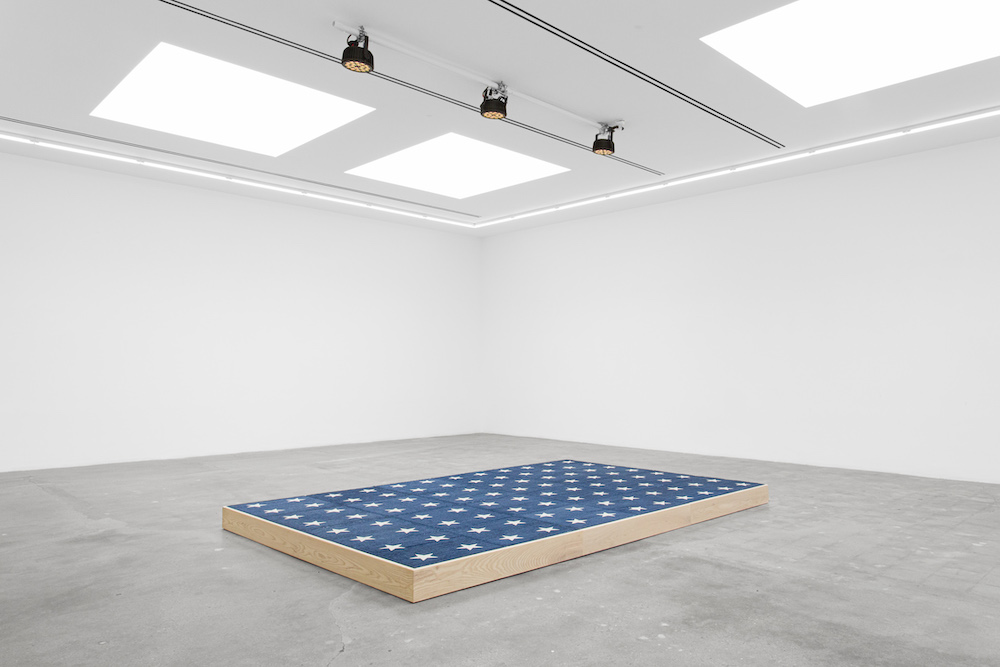
The centerpiece of this show is a carpeted wooden platform, covered with white on blue stars like an American flag. Various Small Fires’ owner, Esther Kim Varet, is running for Congress, and this mini-stage is meant for use by her campaign. What Varet and artist...
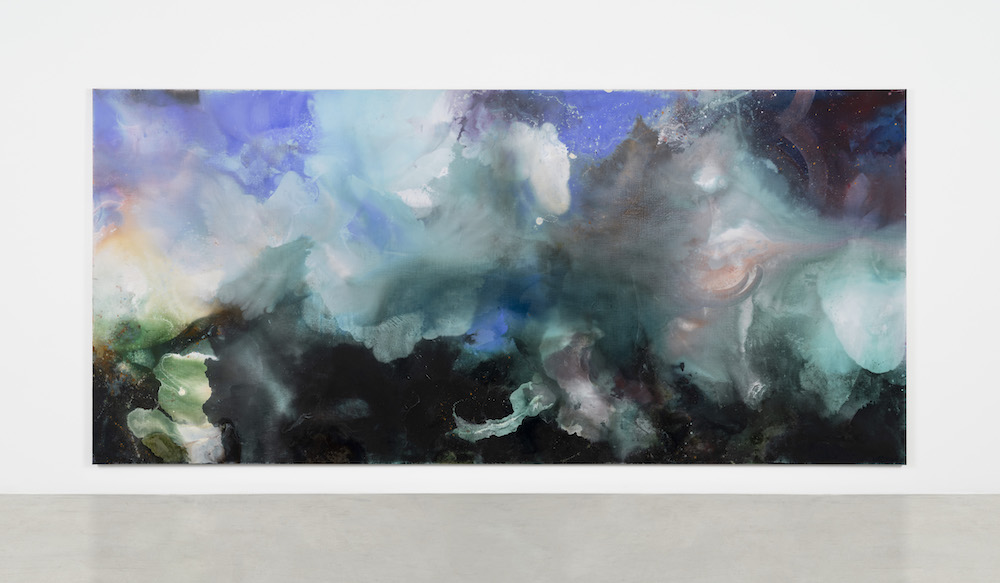
Two big rooms of Mary Weatherford’s prodigious wall works still aren’t enough space to contain the mesmerizing views the artist generously presents in “The Surrealist” exhibition, which is a bold, seductive reminder of painting’s emotional power and material...
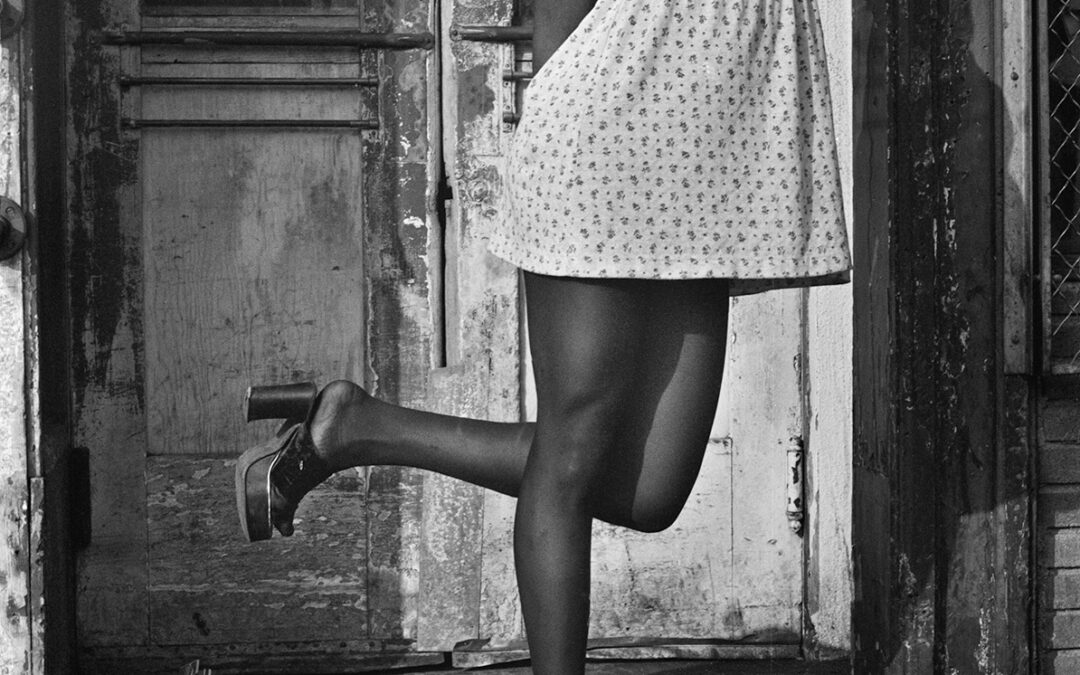
Self-taught photographer Luis Garza began his career as a photojournalist documenting the turbulent social events of the 60s for La Raza magazine, which was a counter-balance to the prevailing conservative and often racist media narratives. His latest exhibit of 63...
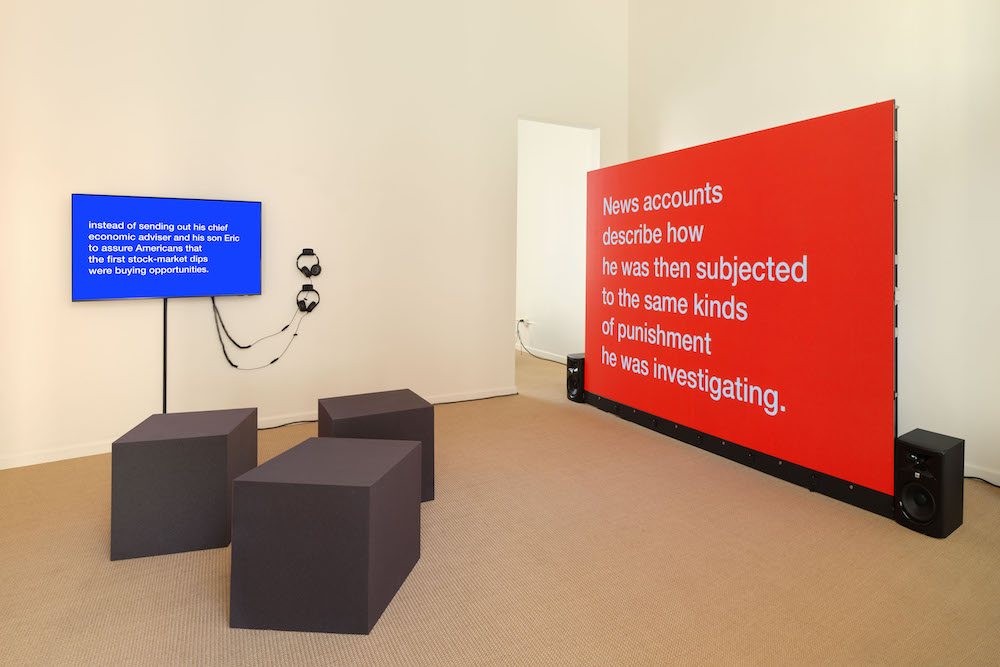
To get to Tony Cokes' "All About Evil" at Hannah Hoffman, a show displaying 12 selected works from a period of nearly two decades (2006-2022), one must pass a sidewalk sign for the neighboring jewelry boutique Spinelli Kilcollin. Cokes' HD videos feature large white...
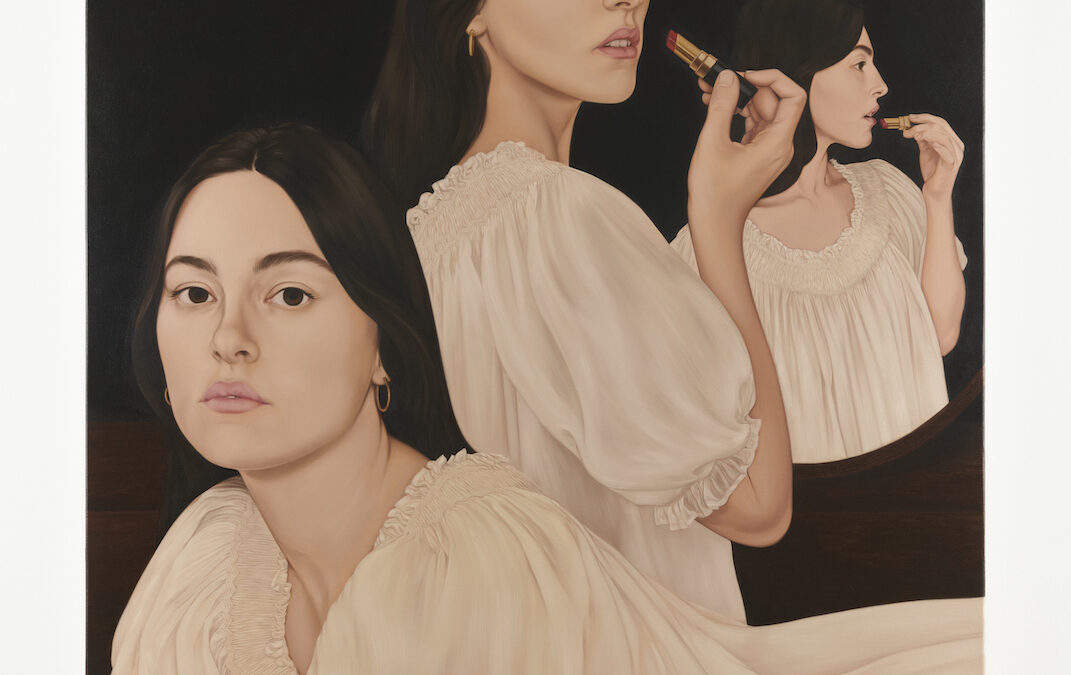
Dario Argento’s 1977 film Suspiria left a lasting impression on me. It’s moments of indiscernibility, of looming disquiet, of eyes flashing against a blackened screen have stuck with me long since first watch. It’s an exhilarating study of the ominous, of unease, of...
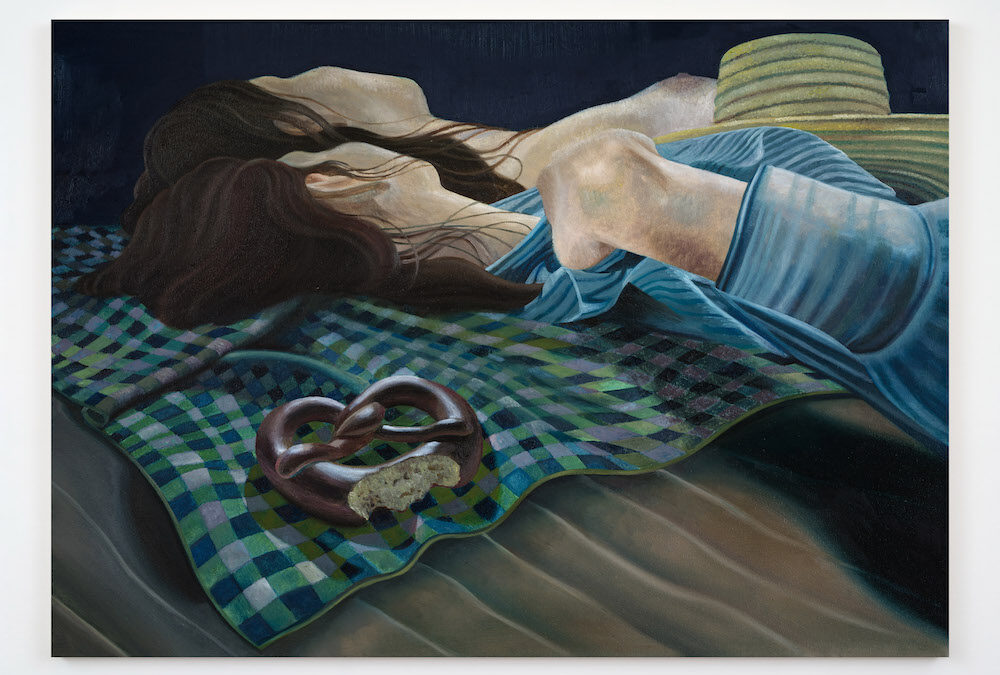
“Kairos” by Seline Burn at Baert Gallery features 10 large oil paintings on canvas and linen, all completed this year. Blues, yellows, and greens render female figures across landscapes and interior settings that blur the boundaries between inner and outer, self and...
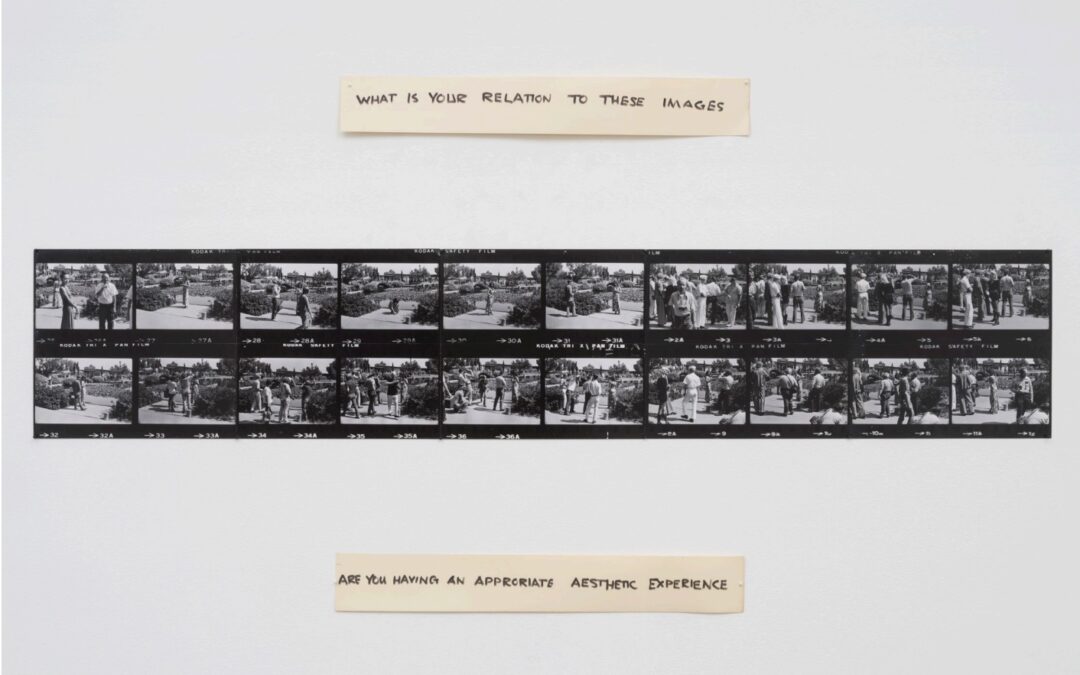
When I look at Fred Lonidier’s show “Vacation Village Trade Show,” at Michael Benevento, my mind naturally goes to Antonioni’s Blow Up (1966). Much like Antonioni, whose film is about a photographer who inadvertently captures a murder, Lonidier is interested in the...
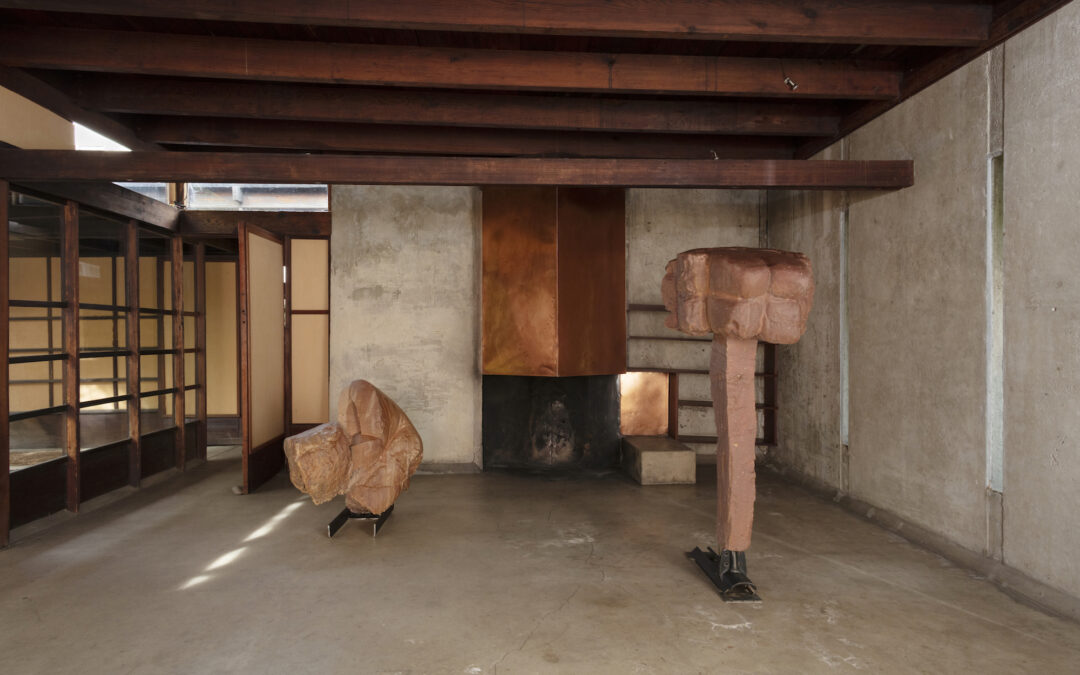
The R.M. Schindler House is unexpectedly quiet. Despite being smack-dab in the middle of West Hollywood, there’s a noticeable lack of noise around the house and grounds, as if the air is somehow thick enough to deaden dog barks and car horns. The silence somehow feels...
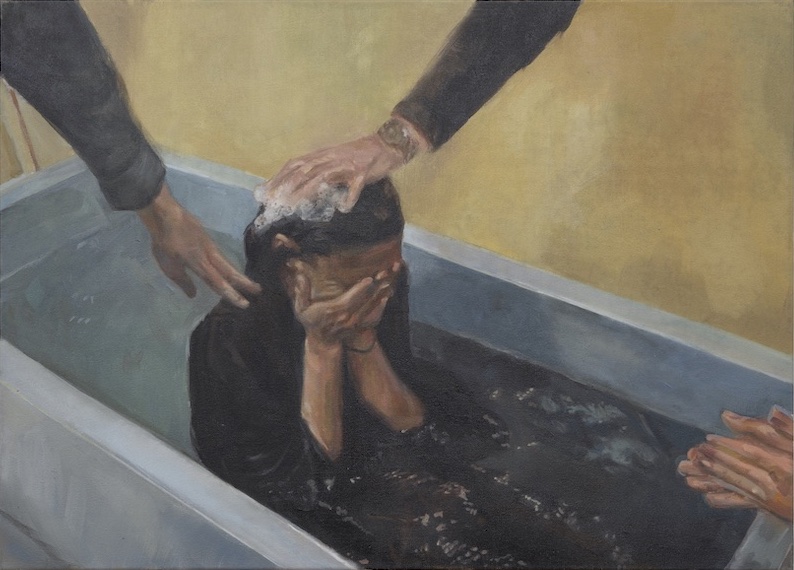
Thérésa Tallien, the French Revolution’s ‘it’ girl, knew how to manipulate perception. Once an emblem of revolutionary glamour, she played the game until it turned against her. Even in captivity, awaiting execution, she refused to become a simple object of pity. The...
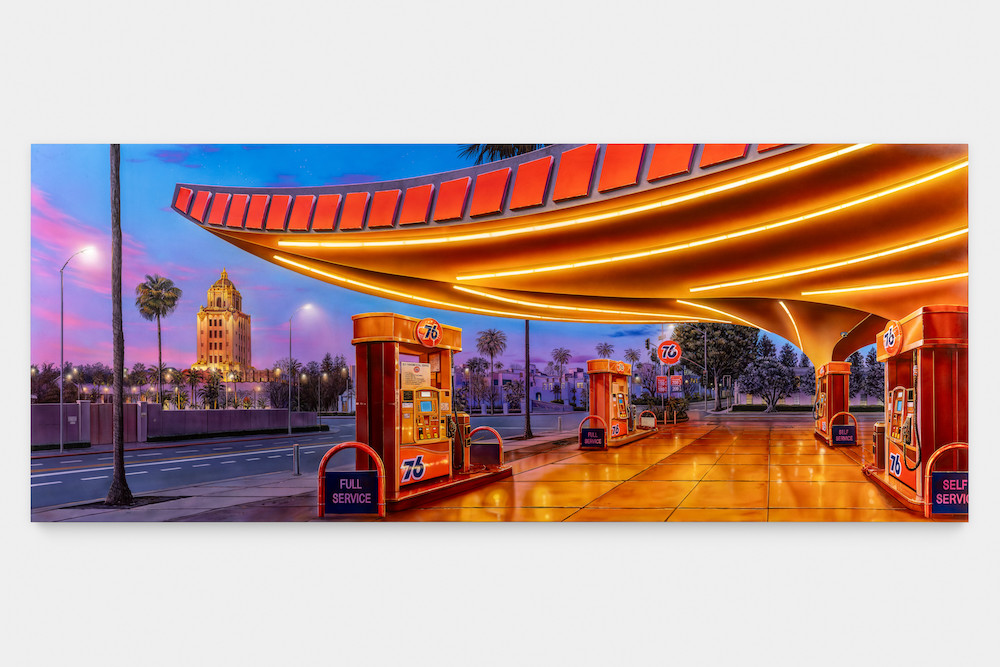
To prepare for his current show “Noir” at Gagosian, Alex Israel claims to have walked about fifteen thousand steps per day around Los Angeles. This is highly unusual and, honestly, suspect. As the saying goes, no one walks in LA. Yet Israel insists on it and says that...
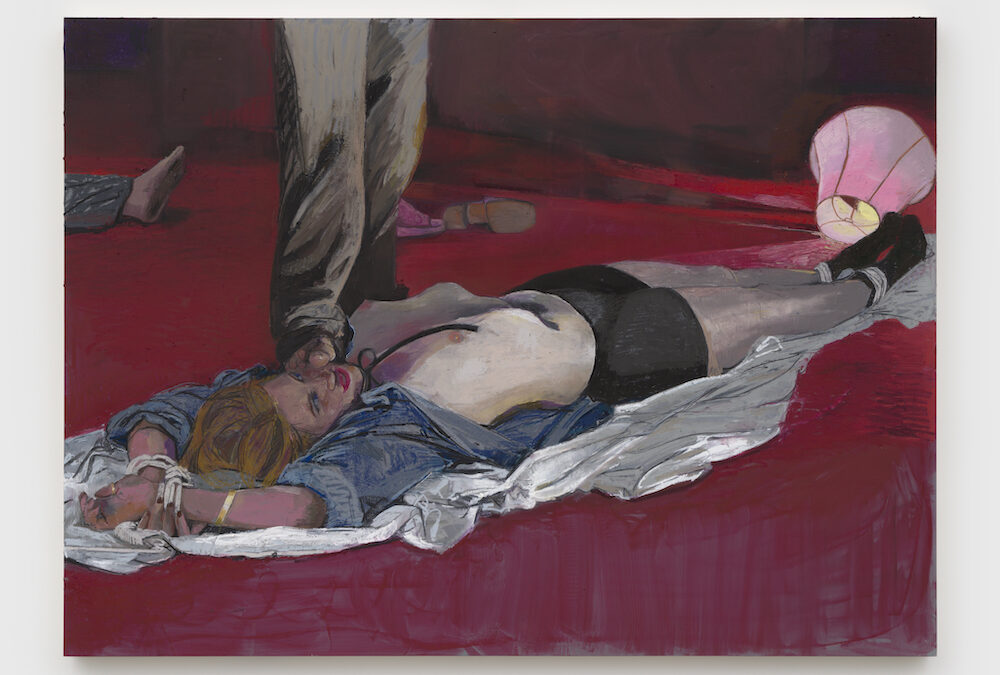
There’s something in the Los Angeles air recently that’s been conjuring the ghost of Charles Manson. He has been coming up in conversation frequently (or maybe I am bringing him up). California’s back on the national stage for its hippie-turned-fascist tendencies....
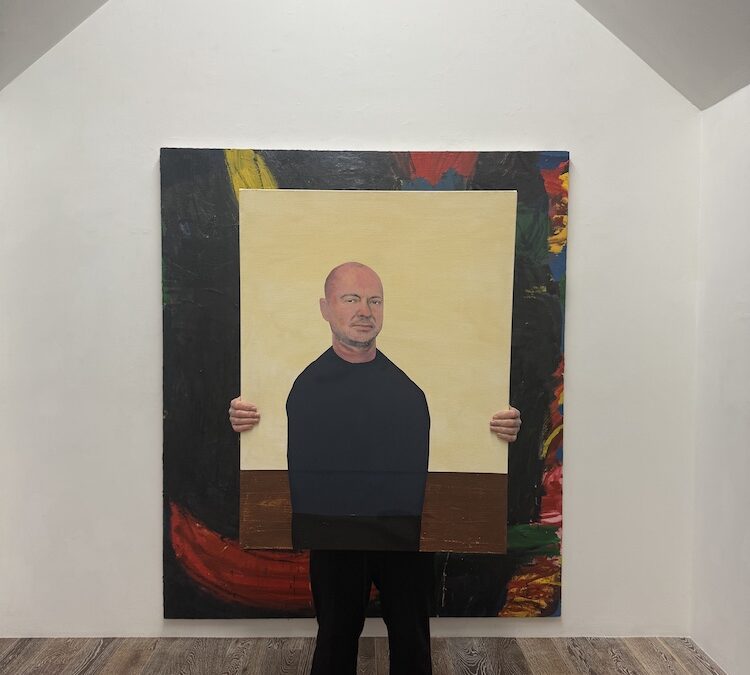
Tell us who you are in 50 words or less: I live, collect, and breathe art. For the past ten years, I’ve run the La Brea Studio Artist Residency, The Cabin LA (according to ArtNewspaper, “Per square foot, the most influential gallery in LA”), and The Bunker LA. Two...
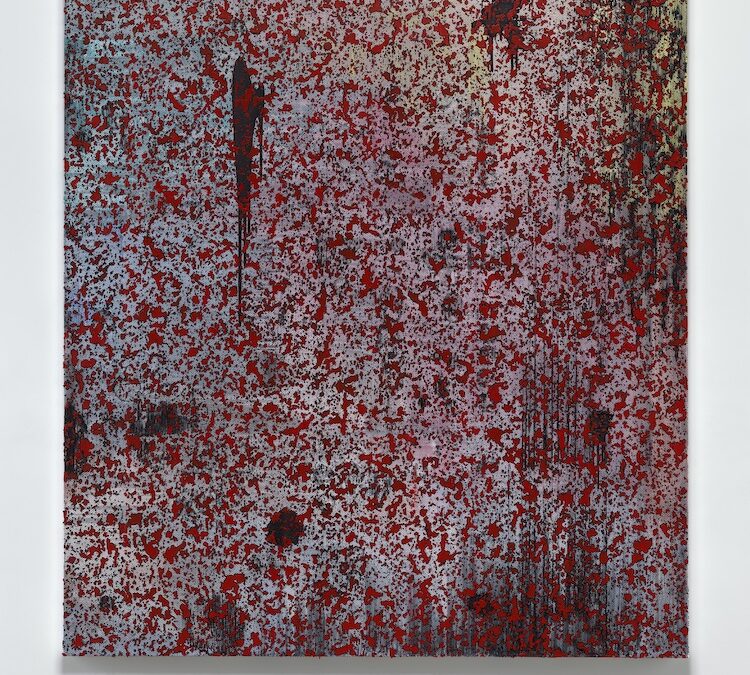
We recognize the legacy Jacqueline Humphries is working from the moment we set foot in Matthew Marks’ two gallery spaces; yet something throws the viewer slightly off. It’s the echt gestural vocabulary of post-World War II art, but as if viewed through a scrim or...
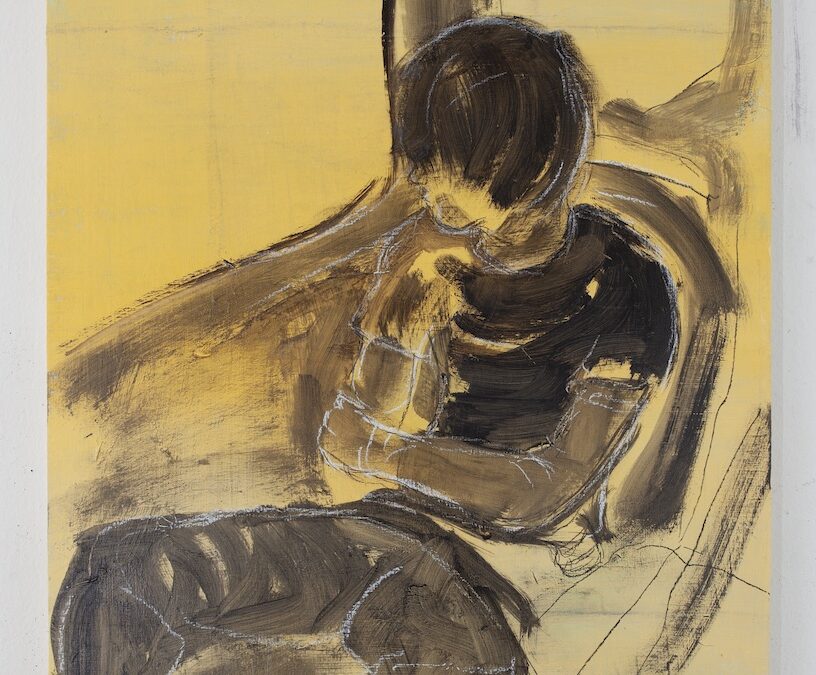
It’s a matter of complete coincidence that Ramsey Alderson’s show “d’Or” at Tiffany’s—an East Hollywood artist-run garage space programmed by Adam Verdugo—coincides with the 17th anniversary of the notorious Emos vs. Punks Fight held in Mexico City’s Glorieta de Los...
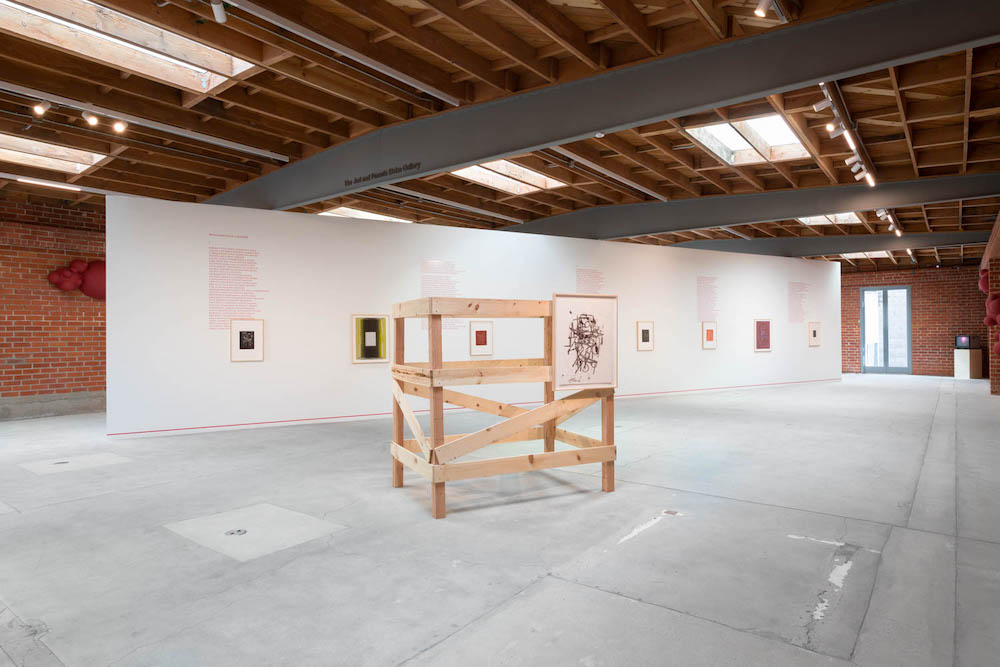
I left Gregg Bordowitz’s recently-closed exhibition at The Brick, “This is Not a Love Song,” thinking the same thing as upon leaving The Brutalist: “I didn’t know it was going to be so Jewish.” In both, the artist’s Jewish identity weaves through a deep consideration...

Subscribe to our weekly Gallery Rounds Newsletter for new Reviews, Art opps, Art Events, & More every week!